Your Cart is Empty
5 Tips to Support Our Great Lakes
August 03, 2017 3 min read 1 Comment

With less than a month until they embark on their 322 mile hike from Milwaukee to Lake Superior, Alyssa & Julia of Walk to Sustain Our Great Lakes have raised about half of their $10,000 goal that will benefit the Alliance for the Great Lakes, Discovery World, and the Urban Ecology Center. We share a mutual love of the Great Lakes and desire to protect and support them, which is why 5% of all purchases in our shop benefit the Alliance for the Great Lakes (A4GL). Additionally, we’ll be joining the girls on sendoff day August 26for a pop-up market at Discovery World, where an even higher percent of the day’s sales will benefit the organization. Join us! But first, some quick tips we all can bear in mind to do our part.
If we all do our part, each of us can have a positive impact on the health of our Great Lakes and rivers! From how we use water in our homes, to what we put on our lawns, or even the simple steps we can take when we are moving our boats from lake to lake, every action can make a difference. After all, for 35 million of us, these Great Lakes are the source of the water we drink every day. In honor of our five Great Lakes we will give you five tips to help the lakes!
-
Don’t be a vector for invasive species! Inspect your watercrafts, from boats to kayaks, before moving them from one waterbody to another.
-
If you must use fertilizer on your lawn, use phosphorous-free fertilizer! Phosphorous is a nutrient that can easily run off of our lawns, farmland, and streets into storm sewers that flow directly into our rivers and eventually Great Lakes. Under certain conditions, high amounts of phosphorous are what cause the harmful algal blooms in the Great Lakes, like Lake Erie, Green Bay, and Lake Mendota, that can lead to drinking water advisories!
-
Capture rain water by planting native plants and trees! Turf grass doesn’t absorb water well during storm events, as its root system is too shallow. The good news is that there are hundreds of native plants, like milkweeds and coneflowers, and trees like oaks and maples that can help solve the problem! Depending on the tree species, a single tree can absorb up to 36% of the rainwater it comes into contact with. Through this process, trees and native plants help to filter out potential pollutants, sediments, and nutrients (like phosphorous!) before they reach our waterways and cause problems.
-
Turn off the tap! The average American uses over 400 gallons of water per day. Even if you don’t live in an area where droughts occur often, cutting back on the amount of water you use can help conserve a finite resource and result in a lower utility bill (bonus)! So, when you’re brushing your teeth or washing your face, go ahead and turn off the tap!
-
Talk about the Great Lakes! One of the biggest solutions to our freshwater issues is education. Share what you know about water conservation and the Great Lakes with a neighbor, your family, your classroom, and friends! Follow and support causes like the Walk to Sustain Our Great Lakes (or A4GL…whichever you want to use) that can keep you up to date on Great Lakes related topics!



1 Response
Leave a comment
Also in Stories
Categories
Recent Articles
- What the Water Taught Me March 07, 2024
- Cold Water Swim Club — Membership November 01, 2023
- GIFT TOP PICKS — SUMMER 2023 GIFT GUIDE June 16, 2023
- Your LAKE DAY Aesthetic — Looks & Tips for LAKE DAYS May 26, 2023
- Something in the Water — Follow Along On a WATERY Project May 19, 2023
- Loving Nature — My Take on "Earth Day Every Day" April 20, 2023
- BLUE MIND x HOLD FAST — using water during winter & spring April 04, 2023
- A LAKE DAY on the INLAND SEAS? March 06, 2023
- TIPS & PACKING FOR A COLD WATER SWIM December 26, 2022
- HOLIDAY RETURN POLICY 2022 December 12, 2022




iziktdjrzx
March 10, 2021
Muchas gracias. ?Como puedo iniciar sesion?